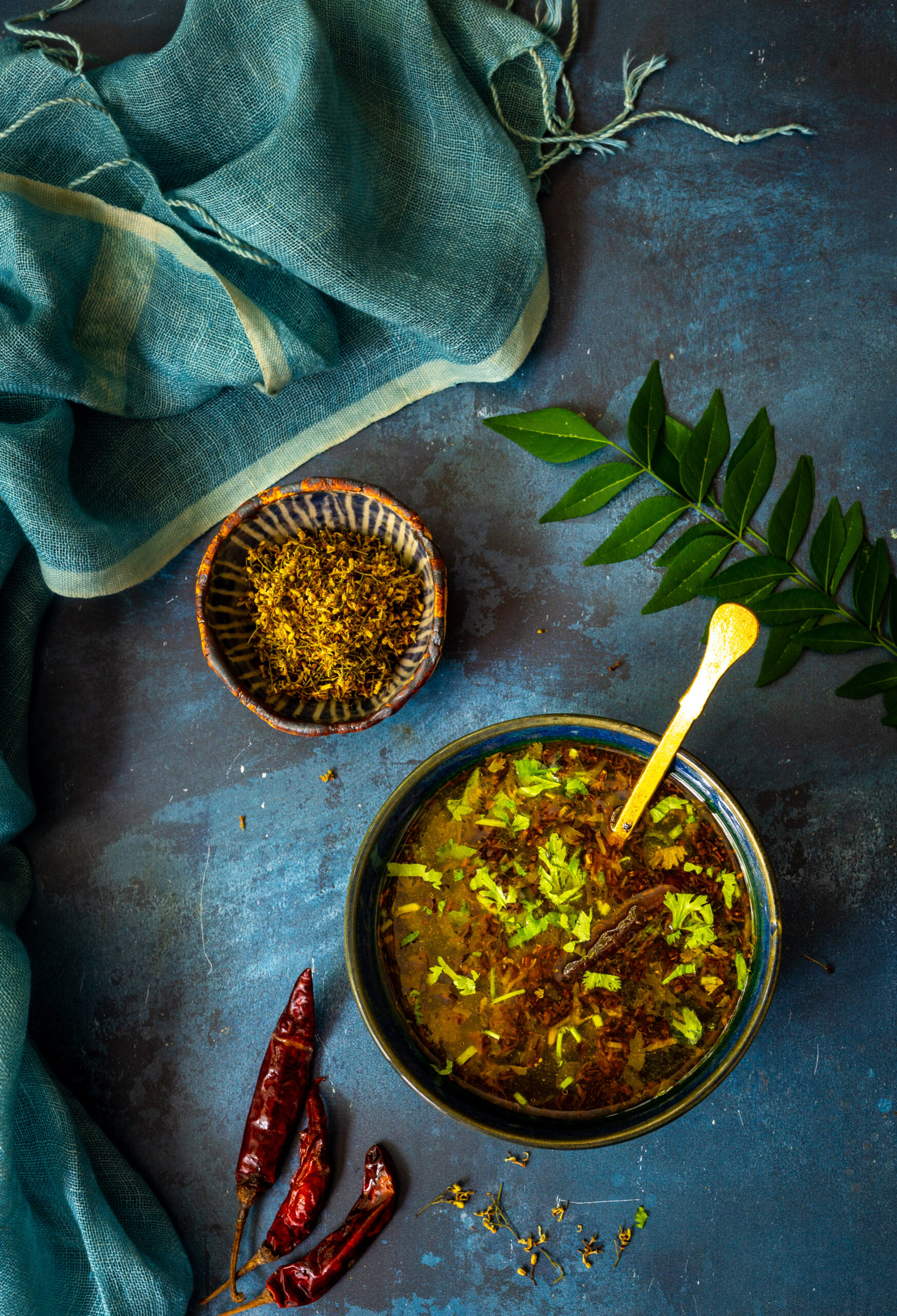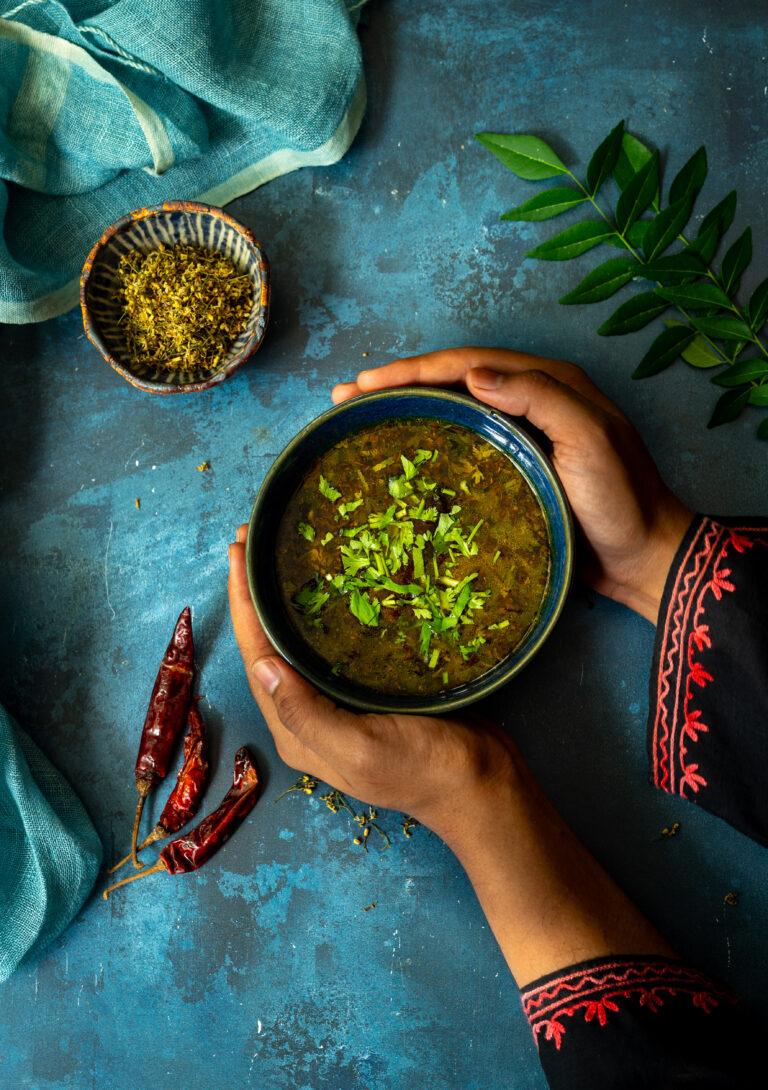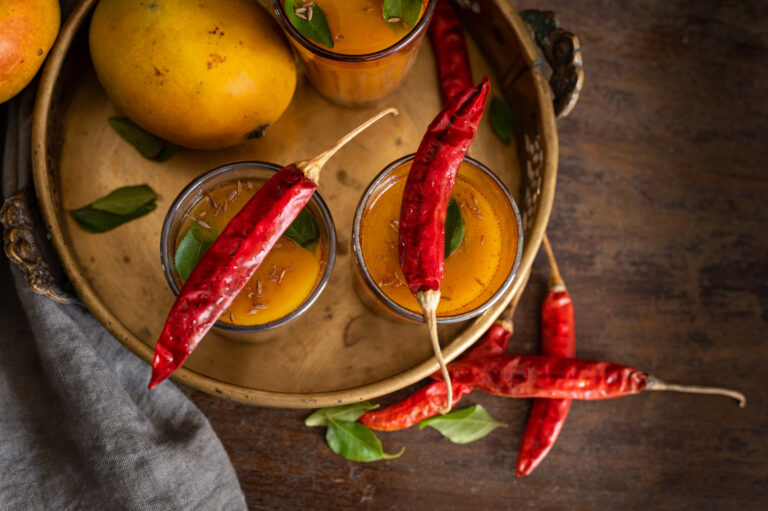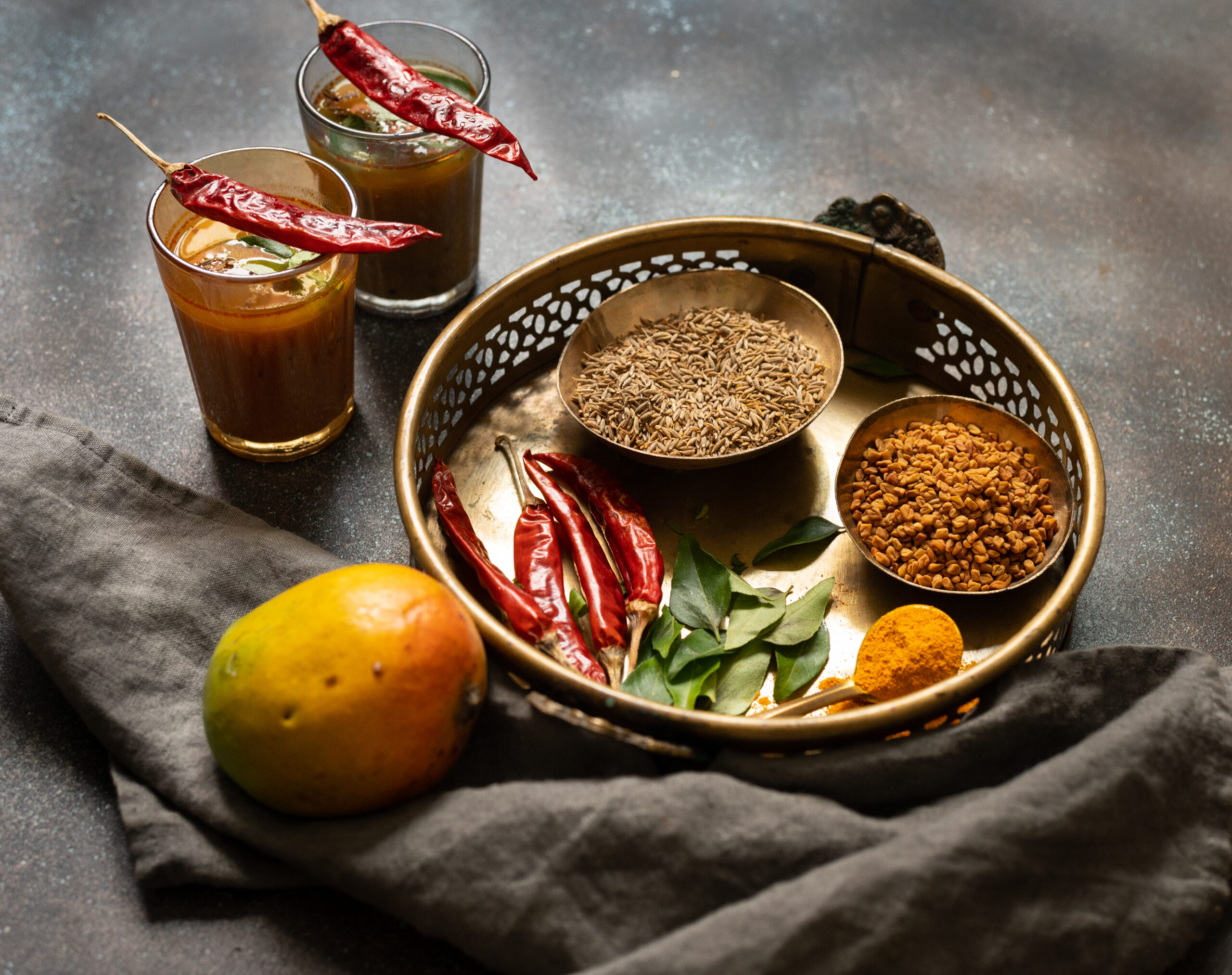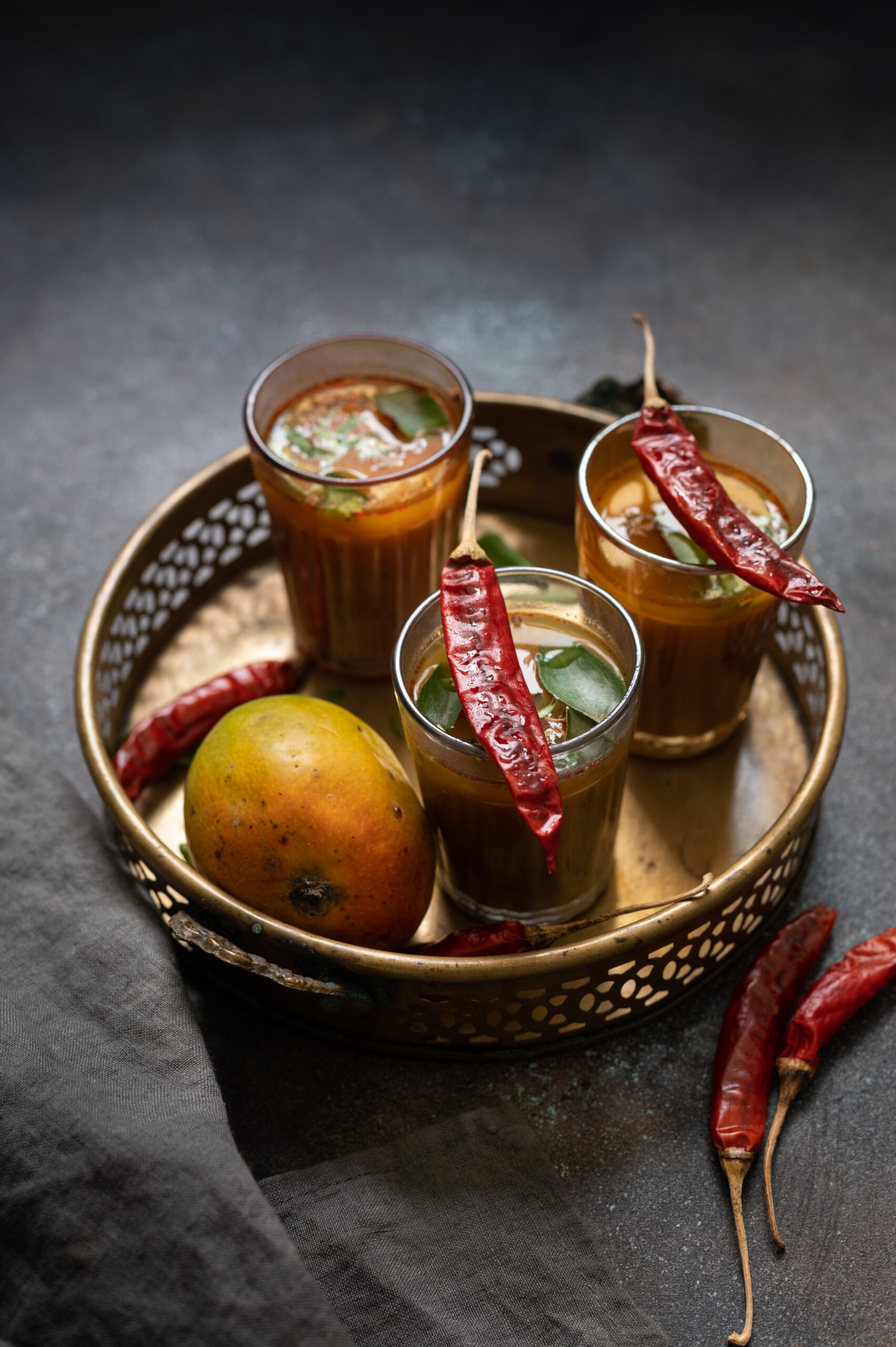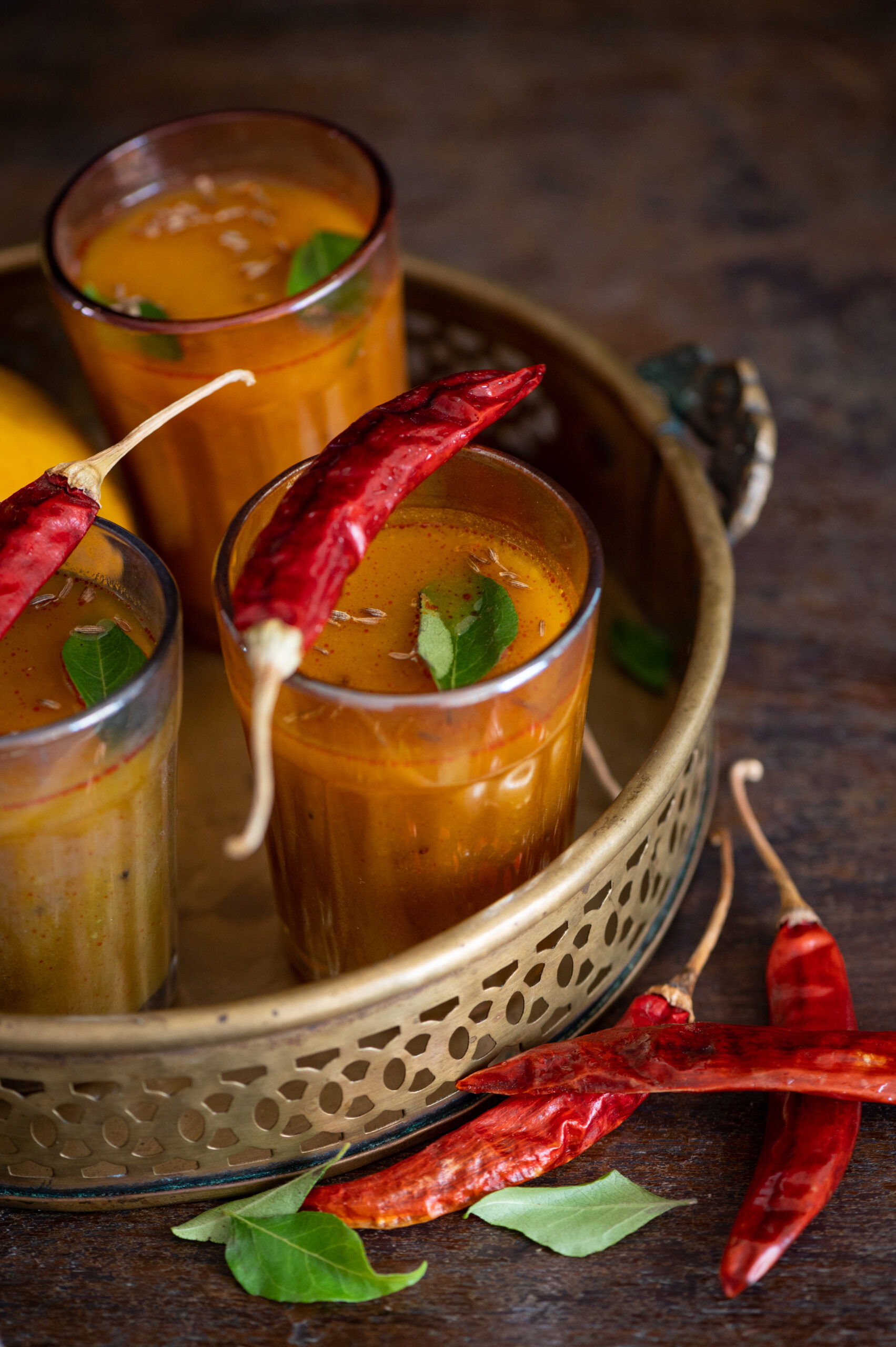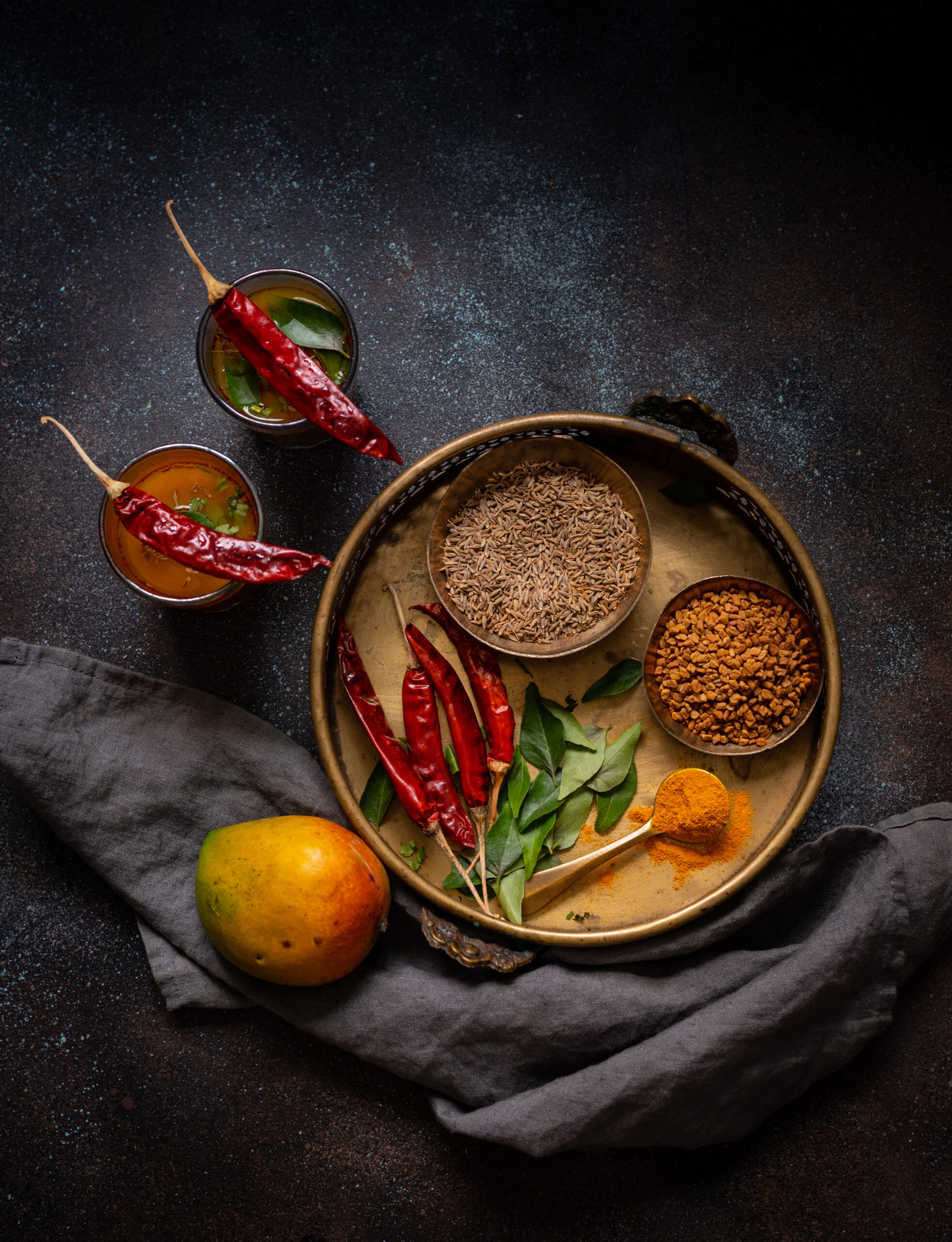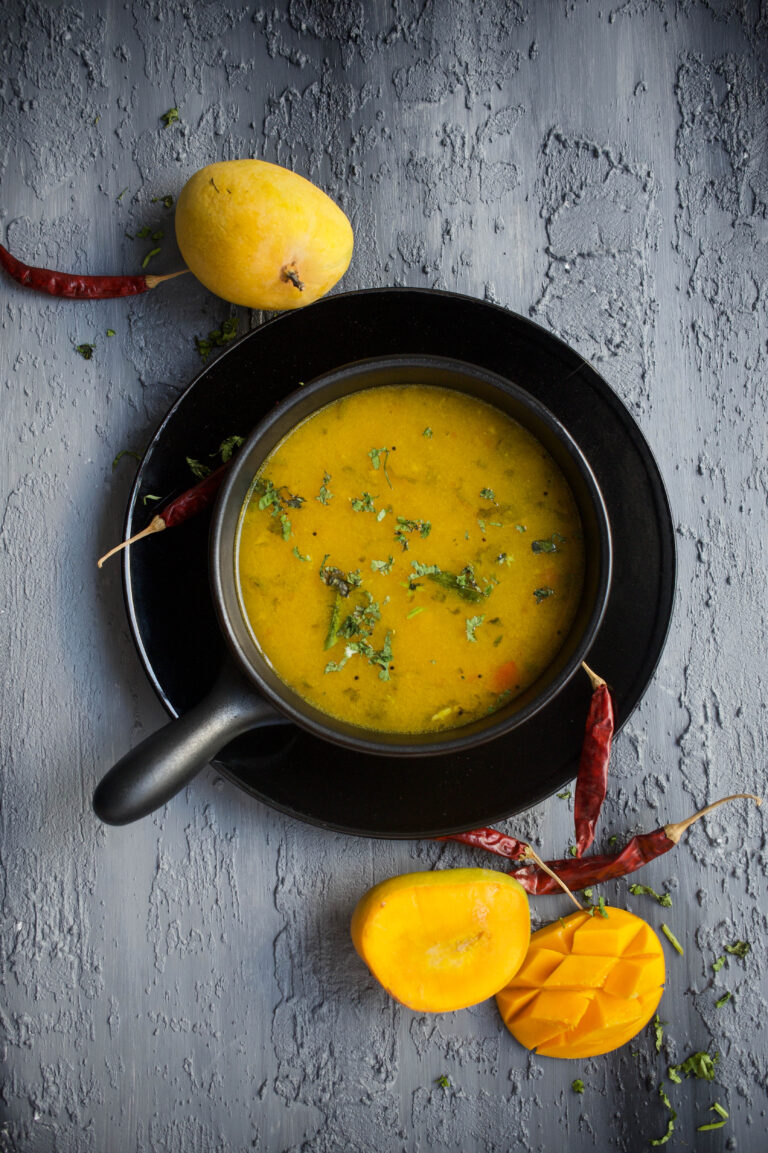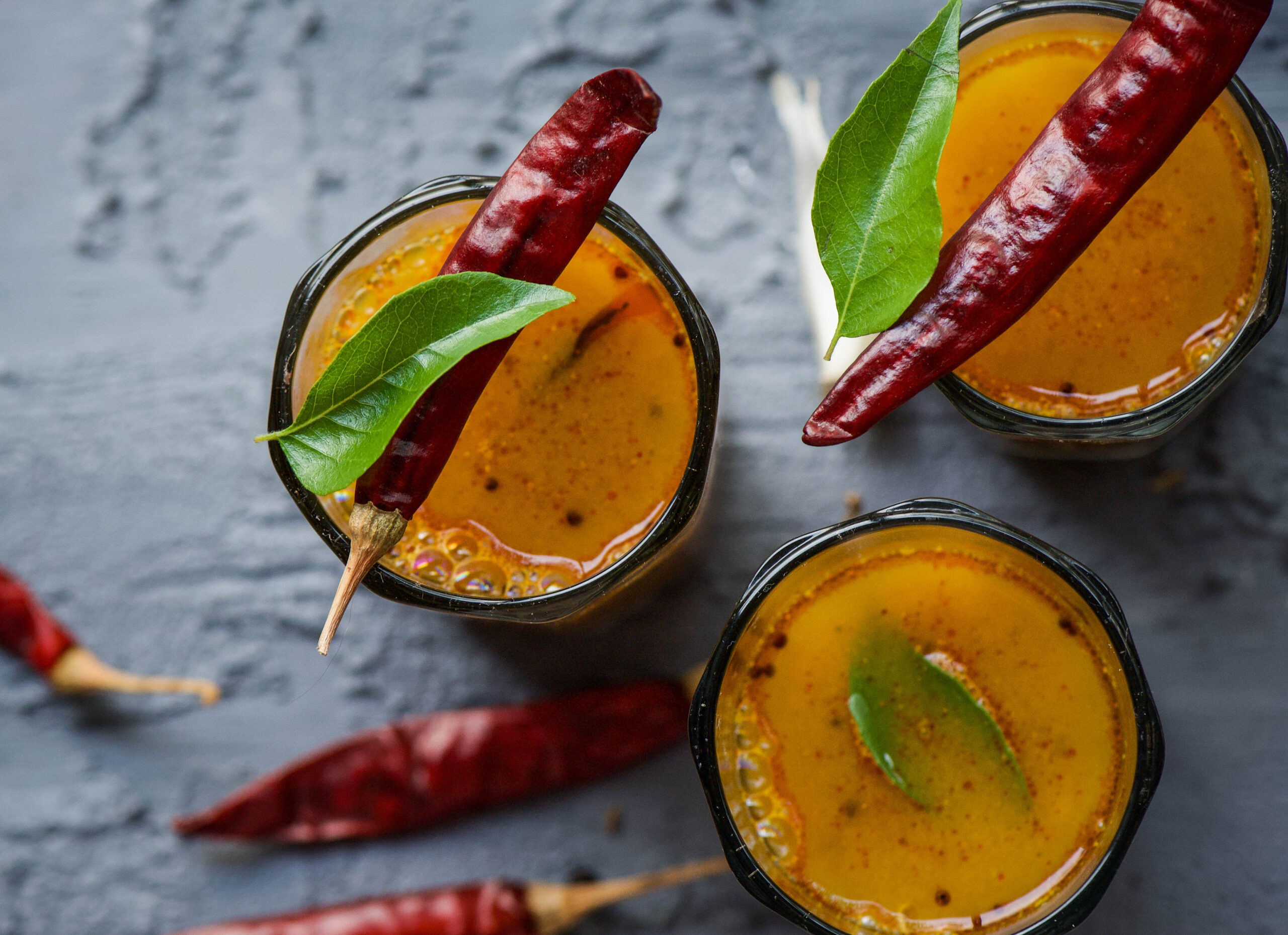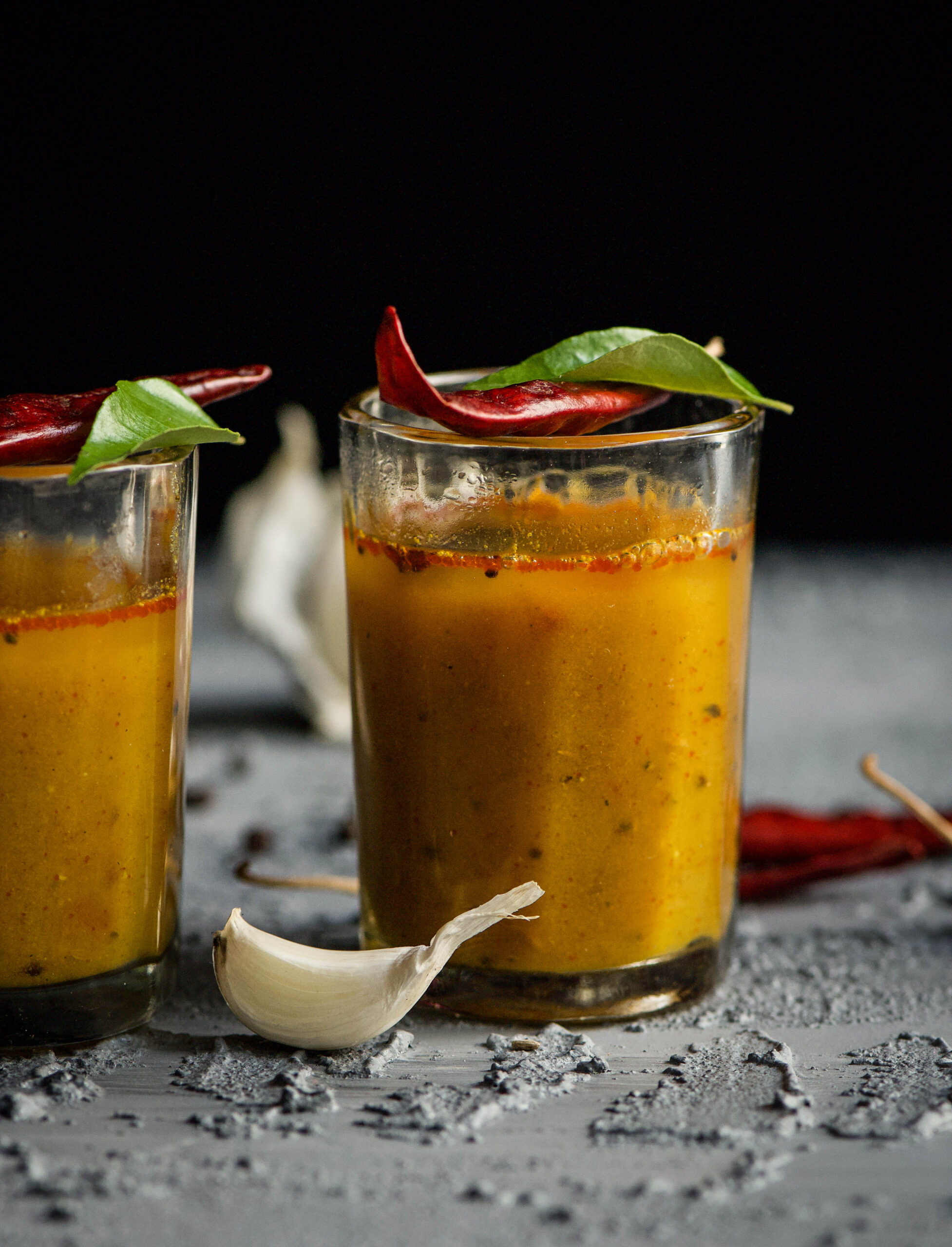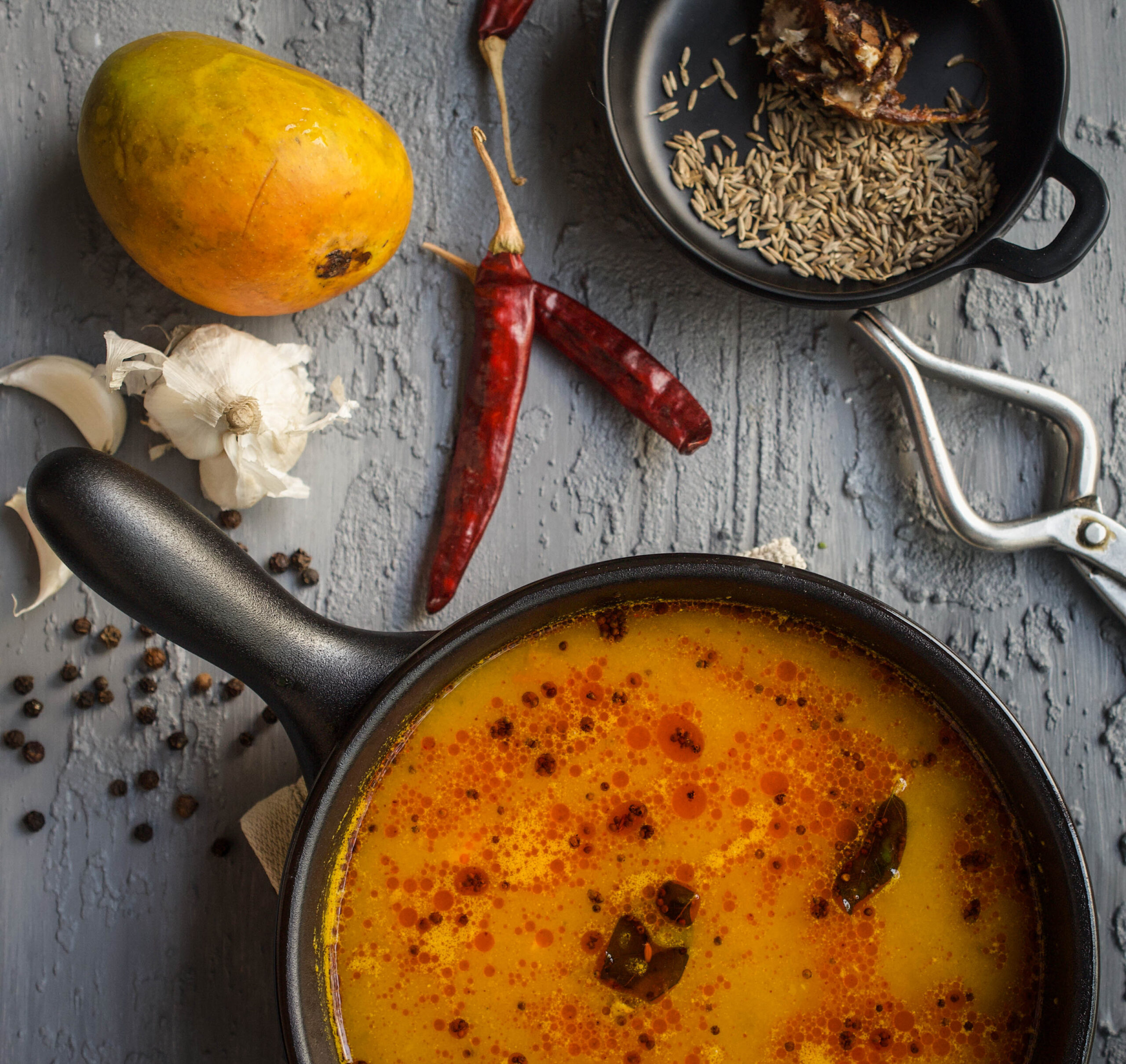I always prefer to treat myself naturally if I can help it, and completely avoid pharmaceutical medication as far as possible, even painkillers and such. It isn’t that I won’t take them if necessary; it’s just that if I can there is a natural medication or a home remedy, I would much rather go down that route first. Not long ago, I had a stomach bug that went on for quite some time, so when the home remedies didn’t suffice, I visited a naturopath. She was a lovely lady who had come down from the US, and upon seeing my bloodwork, she diagnosed me with some kind of minor bacterial infection. She said that the best way to treat it would be through neem tablets. I came home and sat in my garden to think about this, and about what I wanted to do, which was when I realised that I was sitting right under a neem tree. I thought, “How silly of me to buy tablets, when the tree itself is right here!” I decided to consume different parts of it, including the leaves obviously, to treat my ailment. The direct, natural, literally homegrown approach appealed to me. During this phase, I came upon innumerable neem flower recipes, and began experimenting with concocting my own versions. One I particularly enjoyed was this neem flower rasam.
A rasam is a soup-like staple prepared in South India with a range of spices. It may be consumed with rice, or it may be consumed as a drink. It is often prepared when a person is ill with a cold, which means that when I was exploring the naturopath’s advice, rasam’s known medicinal qualities made it especially interesting to me. It has all kinds of good ingredients that help infections dissipate. To those known qualities, I added the healing touch of neem flowers, which are especially beneficial for gut health. They are antiseptic in nature and aid with cleansing the digestive organs.
The neem flower is often overlooked – it is a small, whitish-yellow, and only occasionally in bloom. While neem trees themselves are common in Chennai, since the flowers aren’t eye-catching, we don’t always notice when they are in season. As for me, during the time when I was preparing this recipe more often, I was only concerned with the collecting, drying and cooking of the neem flowers – and forgot to pick up my camera. This is why I do not have images of the fresh flowers. I do encourage you to take a closer look at the neem trees around you, if they are there where you are too, especially in very early summer. I know I will be appreciating them much more from now on.
What I did was to spread an old sari out under the neem tree and leave it there overnight. In the morning, a large quantity of fallen neem flowers were in the cloth. As they are difficult to pluck directly, this is the best method to harvest them. Then, I lay them to dry in the sun, which makes them last longer. Alongside those, I dried raw mango for amchur powder, and some turmeric too. When the flowers were well-dried, I stored them and began sprinkling them into different dishes. They made their way into salads, of course. I found that the flowers do not have much of a flavour, and are less bitter than the leaves. This makes them ideal for versatile usage. A little pinch here and there – into a soup, or onto rice, isn’t going to dramatically alter the taste of your food, but it will give you an additional boost of healthiness on your plate.
This neem flower rasam is a dish in which they are the featured ingredient – providing an unusual twist to a very common preparation. The other thing is that I did not use off-the-shelf rasam powder, but ground all the required spices at home. The recipe below provides this from-scratch method. I am sure you too will realise that it does not take much effort at all to do this. There’s nothing like a truly homemade recipe, and this is all the more important when it comes to home remedies.
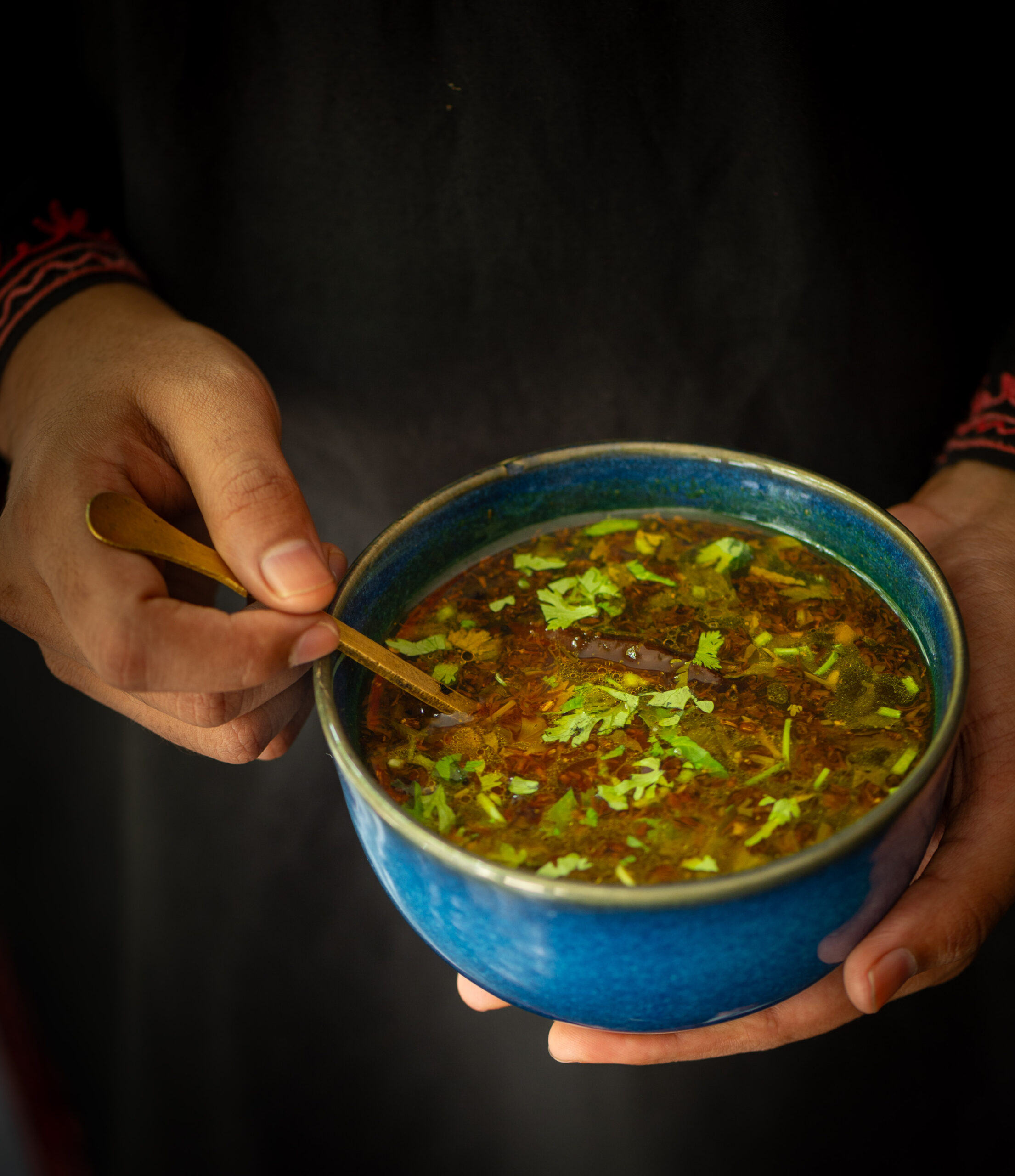
Neem Flower Rasam
(Serves 2)
½ teaspoon pepper
½ teaspoon cumin
½ teaspoon mustard seeds
¼ teaspoon asafoetida
A handful of curry leaves
1 teaspoon neem flowers
Salt to taste
2 dry red chillies
1 tomato
1 lemon size ball tamarind (for the juice)
4-5 cloves garlic
1 teaspoon oil
¼ teaspoon turmeric powder
½ litre water
2 tablespoons chopped coriander leaves
In a mortar and pestle set, add the cumin, black pepper and garlic and crush coarsely. Set aside.
Soak the tamarind in half a cup of water and remove the juice. Crush with the tomato to form a paste. Set aside.
Heat a kadai. Add the oil and then the mustard seeds. Once they splutter, add asafoetida, neem flowers, red chili and curry leaves. Sauté for a few minutes. Then add the mixture that was crushed earlier.
Next, add the crushed tomato and tamarind paste and allow to cook for few minutes. Add the remaining water and allow to reach boiling point. Add salt to taste. Finally, add chopped coriander leaves. Cover and remove from the stove.
Serve this neem flower rasam hot, preferably with rice and any other sides of your choice.
I have shared various other South Indian recipes on this blog – both traditional ones as well as inspired ones, including this ripe mango rasam. I hope you’ll enjoy exploring them too.
